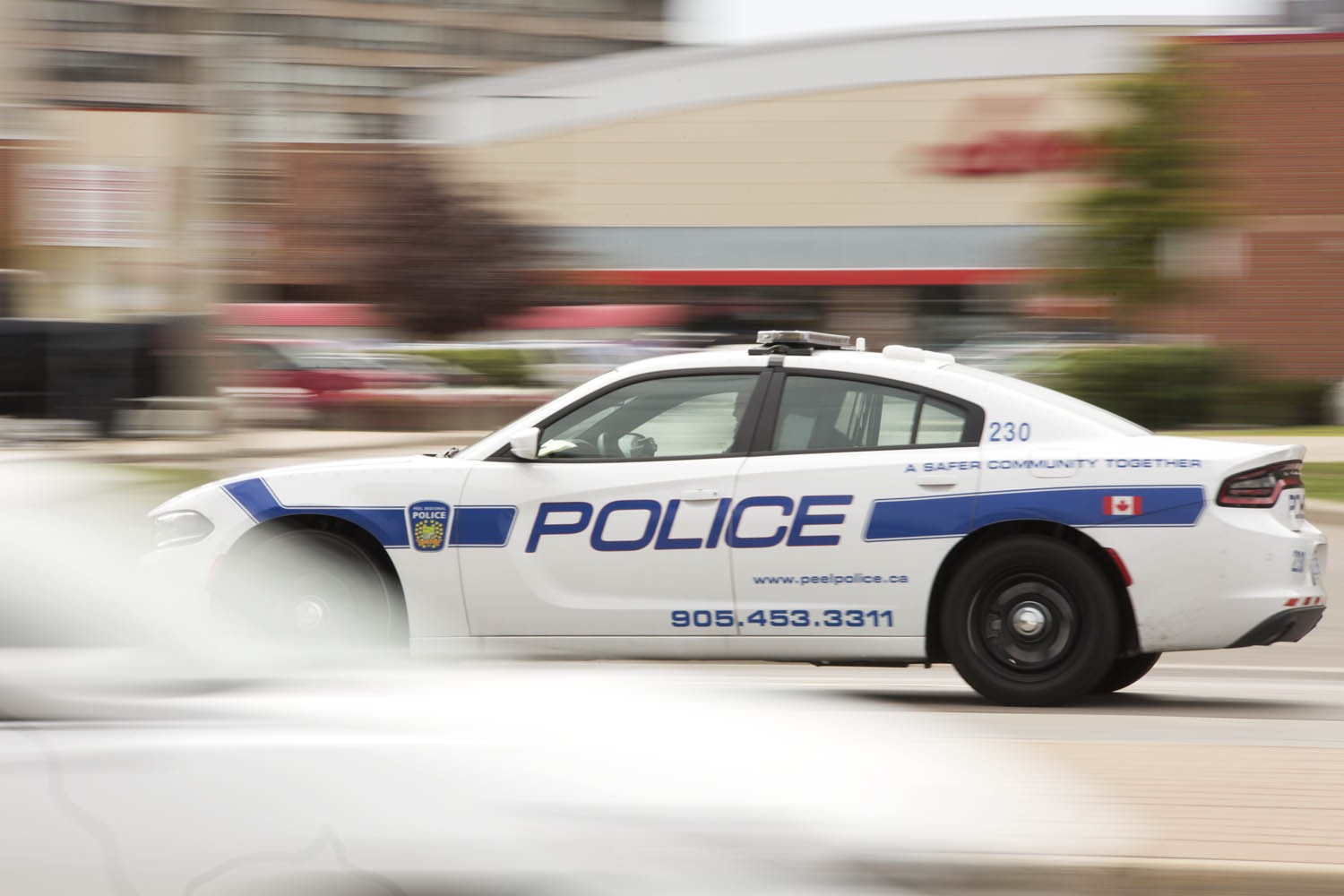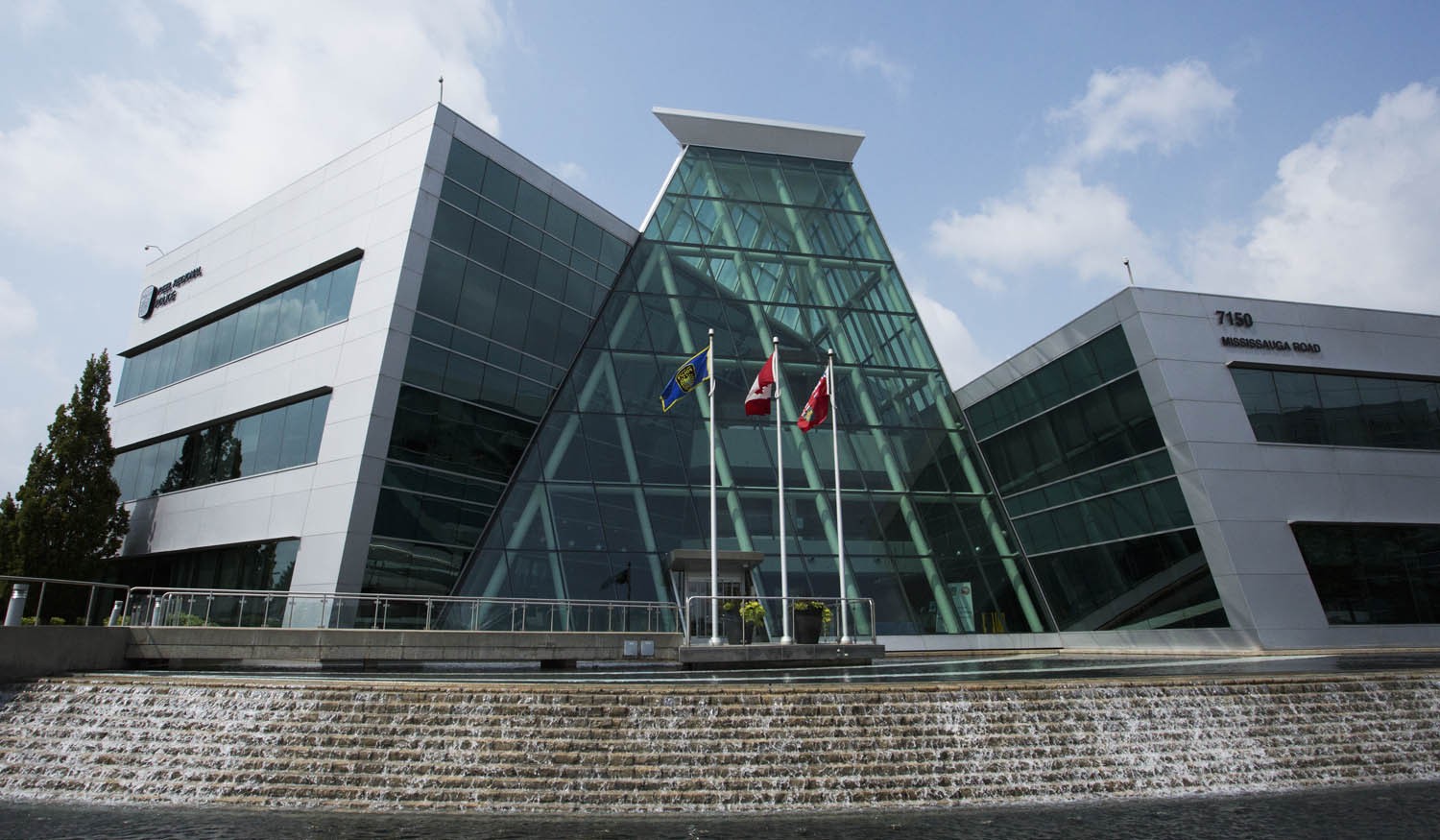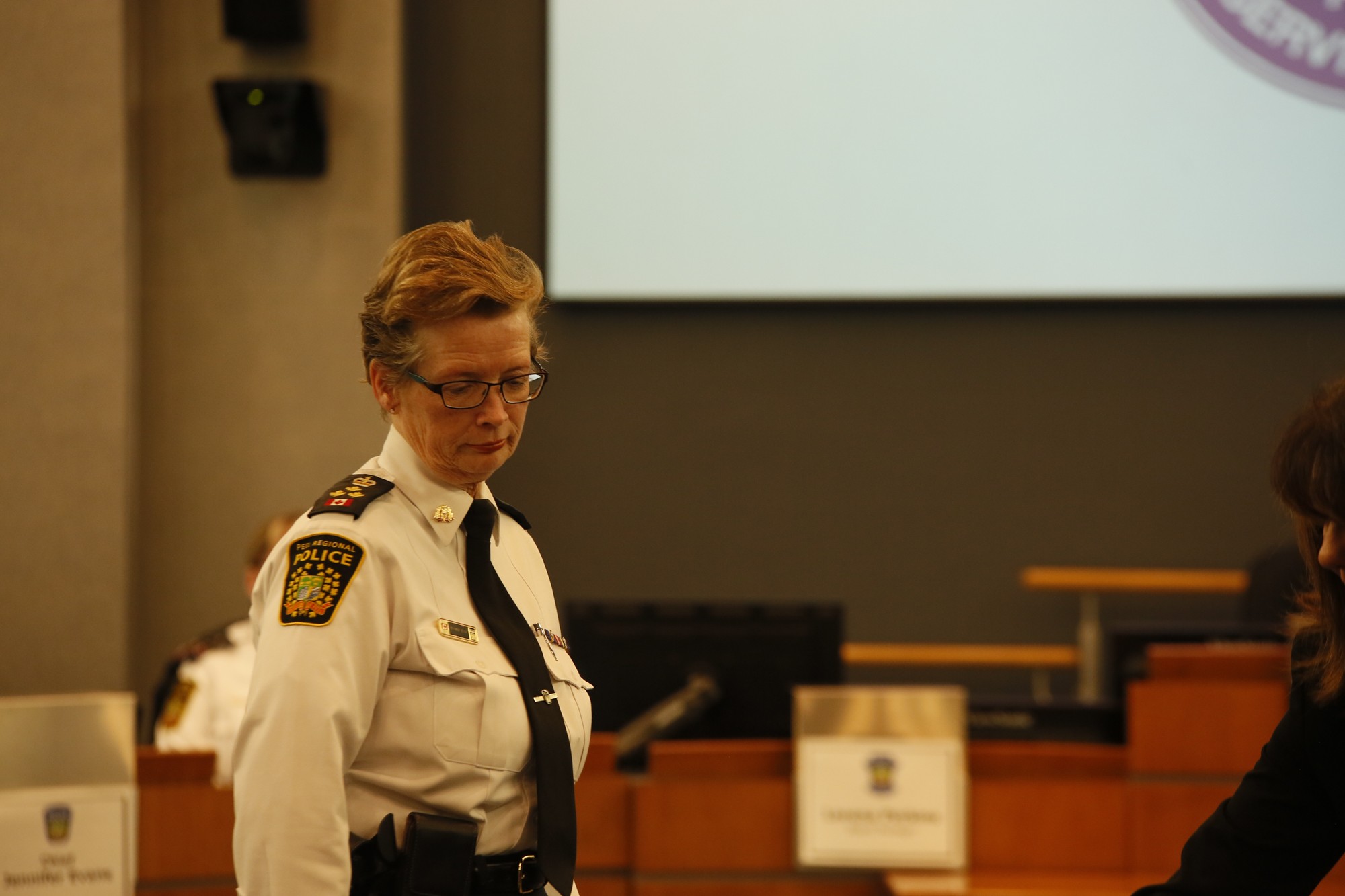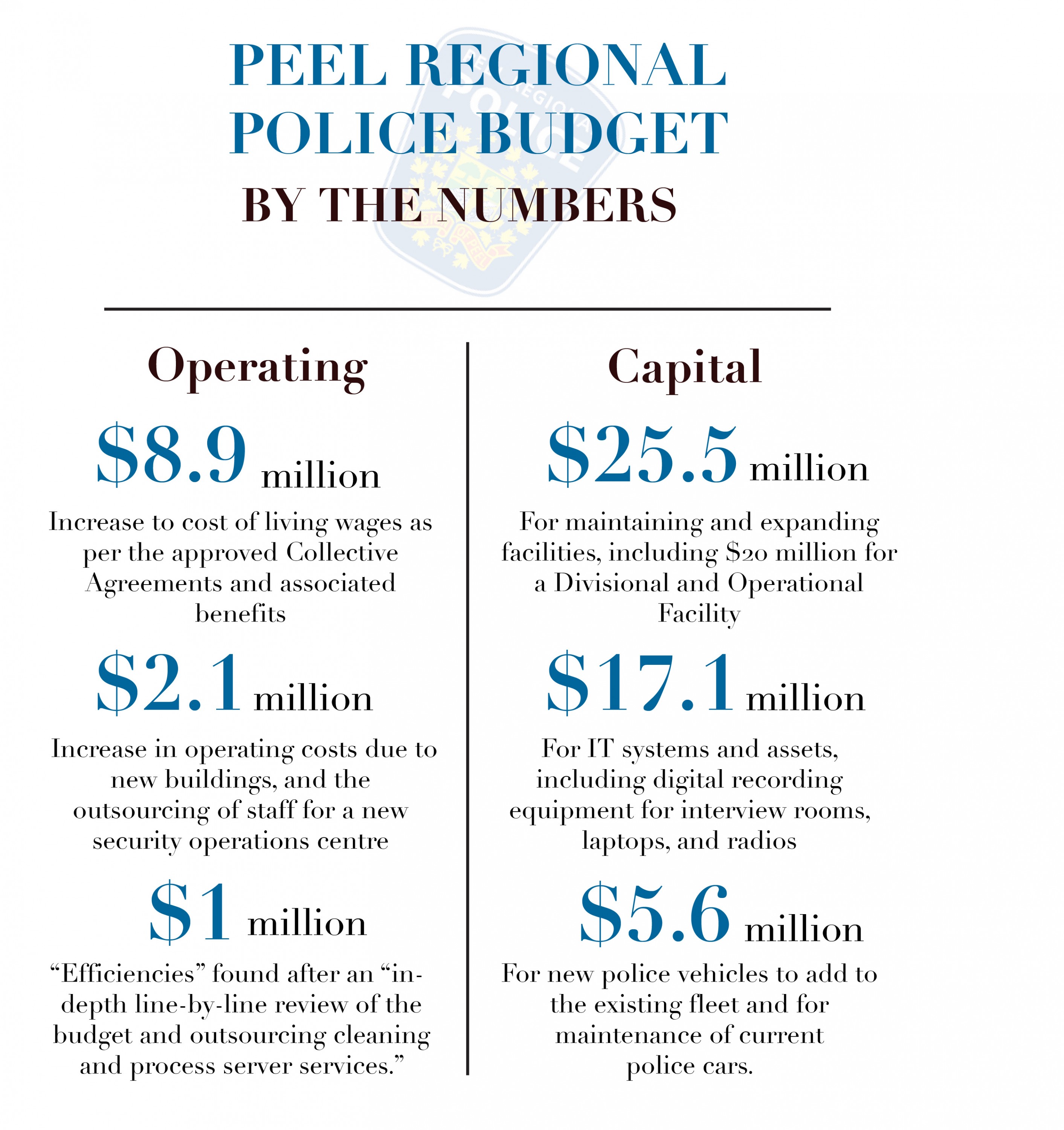
Peel Police close out a violent year, but are statistical jumps as troublesome as they appear?
The numbers are jarring.
More homicides, more shootings, more bullets and more blood.
Criminal activity in Peel Region has been dominating civic discourse for the better part of the past eight months. It cast a shadow over a rather bright summer, it dominated the fall municipal election, and now, with budget discussions around the corner, politicians will be sitting down at the table with the criminal element at the front of their minds.
It rightfully deserves the attention, after 26 homicide victims in Peel Region over the course of 2018. Each represents a family who has been torn apart, a family who celebrated this past holiday season with one fewer family member. Those families, and all residents of Mississauga and Brampton, deserve to feel safe in their homes. Peel Regional Police provided The Pointer with violent crime statistics complete to the end of 2018 on Monday.
The numbers are disturbing. But are they cause for drastic concern? Are they indicative of a trend that may soon spiral out of Peel Police’s control? Or simply in line with what the region might expect as the population booms?

Peel Regional Police Headquarters
These questions have not been fully addressed in the course of recent discussions. Fed by reports from mainstream media outlets who only seem attentive to Brampton and Mississauga when there’s blood on the streets, residents have been left with the feeling that something is really rotten at their doorstep.
That may not be the case.
When the book closed on 2018, Mississauga and Brampton had seen 111 shooting occurrences over the year, a jump from 76 in 2017. The 26 homicides represent a 53 percent increase over the 17 in 2017.
These figures alone may paint a dark picture of Peel. But statistically speaking, this isn’t the first time Peel Regional Police have had to deal with what appeared to be a surge in violent crime.
There was a 77 percent increase in homicides between 2014 and 2015, rising from nine to 16. In the ensuing years, there was a drop. In 2016, there were just 11 homicides, a 35 percent drop from the previous year.
Numbers have gone up and down over the years, suggesting that 2018 may represent an anomaly and not a new deadly trend.
Much attention has also been paid to rising gun violence overall in the two cities overseen by Peel Police. There was a 46 percent increase in shooting incidents in 2018, 111 compared with 76 in 2017. The number of shooting victims (not necessarily fatal) in these incidents rose from 40 in 2017 to 53 last year.
That increase in victims of gun-related violence follows a trend seen across Canada.
Between 2013 and 2016, the national rate of shooting victims increased from 19 per 100,000 in 2013 to 25 per 100,000 in 2016, a 33 percent increase. Ontario alone saw a 46 percent increase in firearm-related violent crime over the same time period, according to Statistics Canada.
In Peel Region, the numbers took a much steeper spike, with shooting incidents increasing from 23 in 2013 to 54 in 2016, a 134 percent increase. And they’ve continued to rise.
“Our officers are committed to tackling the issue of gun violence. They work tirelessly to make arrests and seize guns, as is evident by looking at the list of police seizures and arrests as seen in our Annual Report and by tracking our news releases,” according to Peel police spokesperson Sgt. Matt Bertram. “We use analytics to identify peak times where violent crime, including gun crime, is occurring. This information is then used to deploy resources accordingly and work with those communities together to increase safety.”
“Maybe it’s challenges that big cities face as they mature, but certainly I don’t like to see it, I don’t want to see it, and I want to know what more we can do to address it.”
Mississauga Mayor Bonnie Crombie
While Brampton and Mississauga were well above the national average statistically in this category, there was another category where these cities bucked the national trend, that being population growth.
Brampton has been growing at a rate nearly three times the national average, jumping 13 percent between 2011 and 2016, according to census data.
More people in one place means heavier reporting (calls for service to Peel police increased 17 percent in 2018) and more chance interactions. A sprawling city also offers more locations and more opportunities for would-be criminals to carry out their crimes.
The number of households in Brampton rose 13 percent between 2011 and 2016. (Mississauga saw a 3 percent increase.) Between 2013 and 2016, Peel police recorded a commensurate 13 percent increase in crimes against property, mostly driven by thefts, mischief, and break-and-enters.
While higher population plays a factor in the incidence of crime, the details of these crimes also need to be considered when analyzing risk to the general population. For example, gang activity in Peel Region has been increasing over the last decade. In 2003, Peel police counted 39 gangs in the region. Today, there are more than 100. And while there is always risk of bystanders falling victim to crossfire, most gang violence is targeted and deliberate toward other gangs or as a result of other criminal activity.
Departing Police Chief Jennifer Evans has blamed the increase in part on new provincial regulations that banned unregulated street checks, also known as carding. However, a recent report from Justice Michael Tulloch, who reviewed the impact of the new regulations after they came into effect at the start of 2017, found such claims were “unsubstantiated” and that in some communities crime dropped after carding was outlawed.

Peel Police Chief Jennifer Evans
“Certainly there is a perception that violent crime is on the increase,” said Mississauga Mayor Bonnie Crombie during a regional council meeting last June, when the rising crime issue came to a head. “Maybe it’s challenges that big cities face as they mature, but certainly I don’t like to see it, I don’t want to see it, and I want to know what more we can do to address it.”
Now, the Peel police budget for 2019, proposed at $423 million, a 5.4 percent increase over 2018, calls for the addition of 55 uniformed officers to the police service.
Of these 55 officers, 45 of them will be uniform patrol officers working on the front lines, coming at a cost of $8.6 million, and 10 of them will be designated to the force’s speciality divisions, including training, IT, intelligence services and impaired-driving enforcement.
“More police officers” is the typical mantra taken up by communities and some politicians when crime starts to rise. However, while the new officers will certainly be used to address the root causes of the rise in 2018, their presence on the force may be a reflection of the population increase, not a direct result of the year’s crime numbers.
The additional officers would bring Peel Region closer to the provincial average for the number of police officers per 100,000 people. Peel has about 138 officers per 100,000 residents, while the provincial average is 183 per 100,000 and the national average hovers around 188.
The proposed increase of 55 officers is planned to continue in coming years. The forecast for 2020-2022 foresees hiring 55 more officers each year in response to growth and potential impact of cannabis legalization, according to preliminary budget documents. This increase would result in increased budget requests of 5.5 percent for 2020, 4.9 per cent in 2021 and 4.7 per cent in 2022. Here are some of the proposed numbers for the 2019 budget:

Submit a correction about this story


